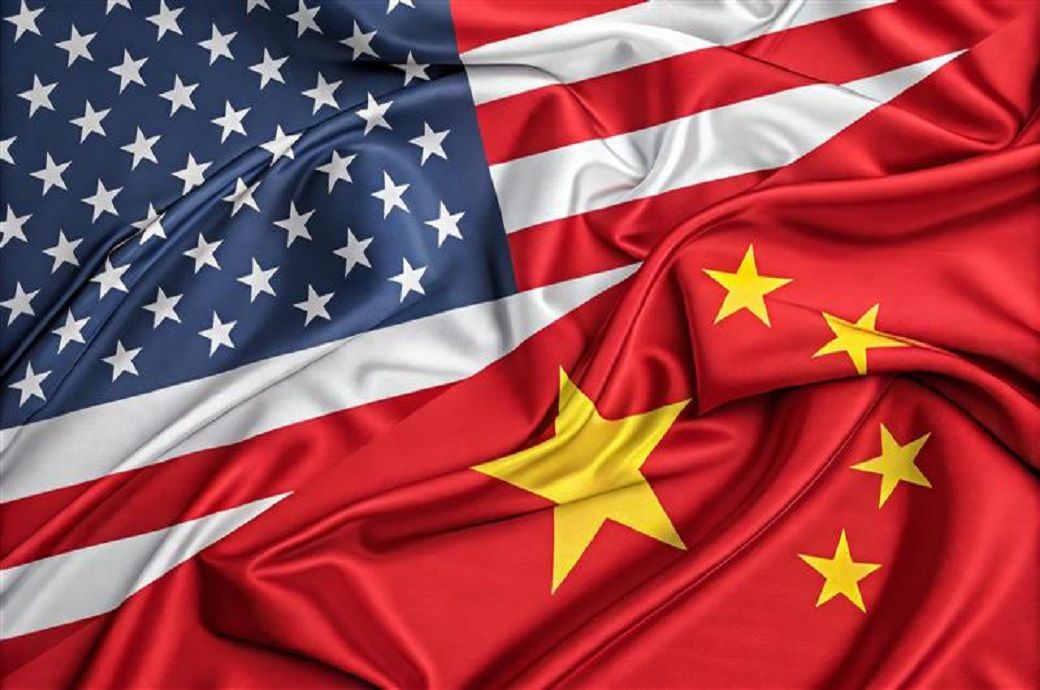
These alternatives require a combination of sacrifice, resources, know-how, and time, a recent research piece by McKinsey Global Institute said.
The authors introduced a ‘rearrangement ratio’ to quantify how hard the change might be. Thirty-five per cent of US imports from China have a ratio less than 0.1, signifying a global available export market ten times larger than current US imports from China.
For higher ratios, rearrangement becomes harder, and for the 5 per cent of trade with a ratio greater than 1, US imports from China exceed available global exports, noted the authors.
Consumer goods are harder to rearrange than business inputs. Sixty-one per cent of business input imports have a rearrangement ratio less than 0.1, versus 16 per cent of consumer goods.
Europe emerges as the fulcrum of trade rearrangement. Across nine varied simulations, European imports from China and exports to the United States both go up by nearly $200 billion.
As intra-European trade shifts to the United States, it leaves holes filled by increased Chinese exports—assuming Europe does not choose to alter its own trade policies.
Others will be affected, too: exports to the United States from as many as 70 countries may increase by more than 10 per cent, the authors said.
Strategies will need to handle continued uncertainty and ongoing shifts, they cautioned. Customers will buy new things from new sources and use them in new ways. Granularity is key. Shifts across many thousands of products will reshape the geometry of global trade.
The average US China-rearrangement ratio is about 0.4, but the figure varies widely across sectors. It is mid-range for textiles. In general, apparel such as T-shirts, jerseys and trousers is exported by a wide range of economies, with rearrangement ratios generally less than 0.1.
Indeed, China has been shifting away from this category and moved from representing nearly 45 per cent of global apparel exports in 2010 to 25 per cent in 2023. However, rearrangement ratios are greater than 0.5 for other products ranging from synthetic-fibre socks to face masks and surgical drapes.
Members of the Association of Southeast Asian Nations (ASEAN) could also replace a substantial share of China’s textile exports to the United States, but this is more dependent on the specifics of rearrangement, the article added.
For example, with tariffs as outlined on April 2, 2025—which are typically higher for ASEAN members—a tariff-minimising approach results in US textile imports coming more from economies like Morocco and Turkiye.
ASEAN members substitute only about 5 per cent of US imports from China. Conversely, under some rearrangement-minimising approaches, this share rises to nearly 40 per cent.
ALCHEMPro News Desk (DS)
Receive daily prices and market insights straight to your inbox. Subscribe to AlchemPro Weekly!